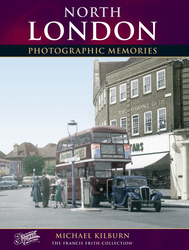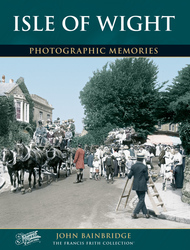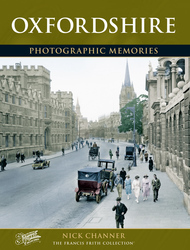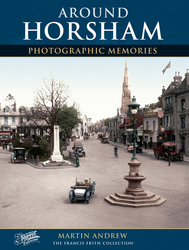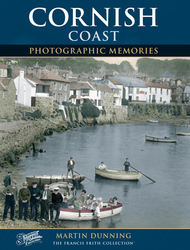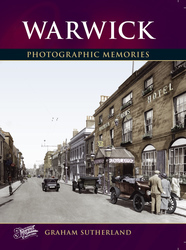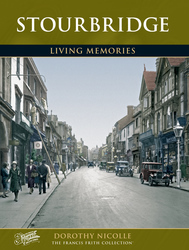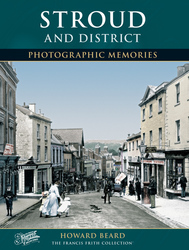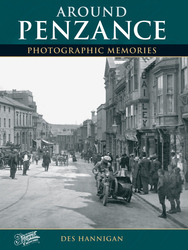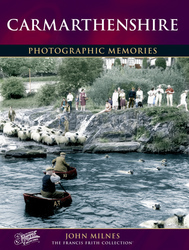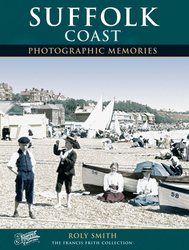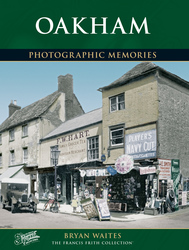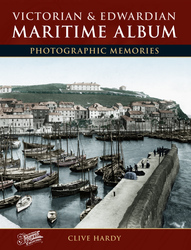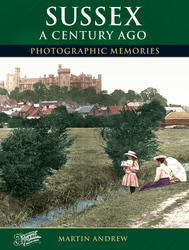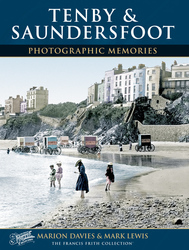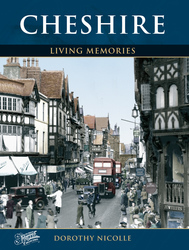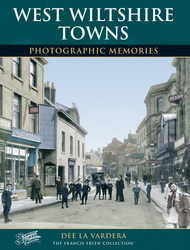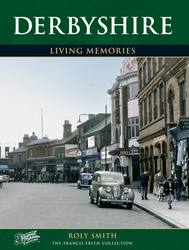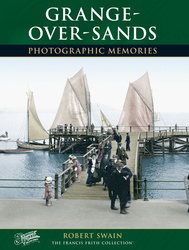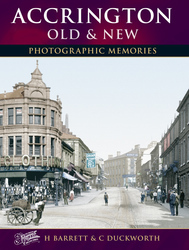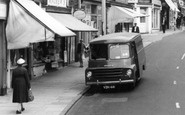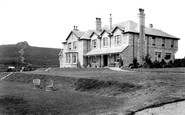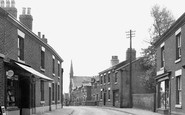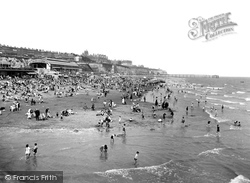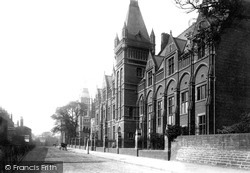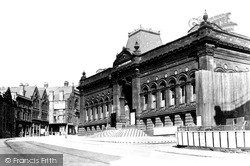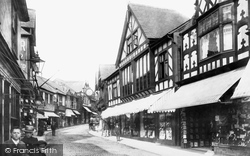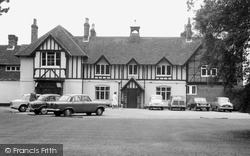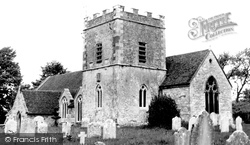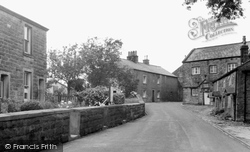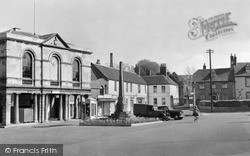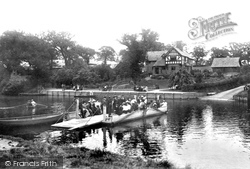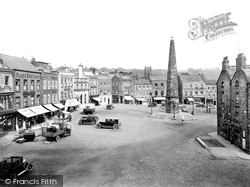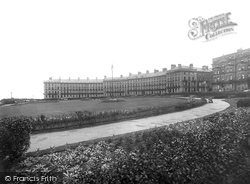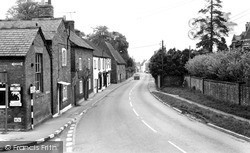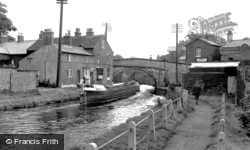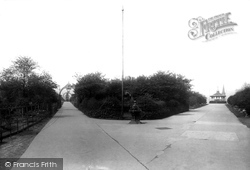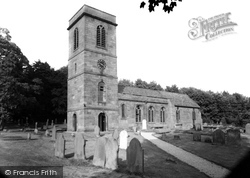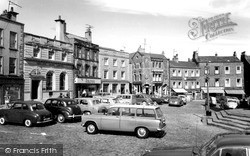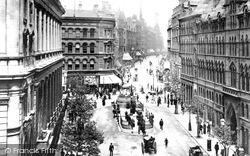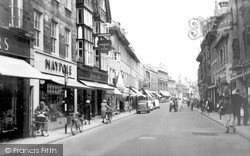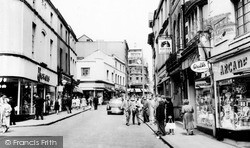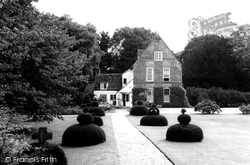Places
26 places found.
Those places high-lighted have photos. All locations may have maps, books and memories.
- Nook, Cumbria (near Kirkby Lonsdale)
- Barrow Nook, Lancashire
- Moss Nook, Merseyside
- Heads Nook, Cumbria
- Agar Nook, Leicestershire
- Wornish Nook, Cheshire
- Pickering Nook, Durham
- Salendine Nook, Yorkshire
- Wall Nook, Durham
- Urlay Nook, Cleveland
- Sour Nook, Cumbria
- Acres Nook, Staffordshire
- Donna Nook, Lincolnshire
- Hale Nook, Lancashire
- Windy Nook, Tyne and Wear
- Daisy Nook, Greater Manchester
- Nimble Nook, Greater Manchester
- Pocket Nook, Greater Manchester
- Pudding Pie Nook, Lancashire
- Water's Nook, Greater Manchester
- Moss Nook, Greater Manchester
- Water Garth Nook, Cumbria
- Greetland Wall Nook, Yorkshire
- The Nook, Shropshire (near Prees)
- The Nook, Shropshire (near Childs Ercall)
- Bleak Hey Nook, Greater Manchester
Photos
40 photos found. Showing results 281 to 40.
Maps
247 maps found.
Memories
2,382 memories found. Showing results 141 to 150.
Perivale Maternity Hospital
I too was born at the Perivale maternity hospital in 1949, and at the time we lived in a prefab at Gurnell Grove somewhere near Cuckoo Hill I think, if anyone has photos of these prefabs perhaps you could email me one ...Read more
A memory of Perivale in 1949 by
Ex St Roberts Catholic School Harrogate
Born in Waterloo Street, Harrogate, in early 1940s. Attended above school until left in 1956. Started work at J.S.Driver, grocers on Beulah Street, Stan Wood manager. Remember 'Syncopated Sandy,' playing ...Read more
A memory of Harrogate by
Bicycles And A Happy Hunting Ground.
Being the offspring of parents otherwise engaged, and only partially supervised by a succession of Nannies, whose only concern was that we should be clean and respectably dressed when we got up to mischief, ...Read more
A memory of New Milton in 1950 by
Hazel Slade House Racing Stables
I was an apprentice jockey with master Robert Charles Ward from 1954 to 1960, then I went in the Forces, then I emigrated to Australia and now live in Victoria, in Langwarrin. With reference to Mrs Gillian ...Read more
A memory of Hednesford in 1954 by
Kitchen Staff
I worked at Moorlands with Chef Freddie Davis, a Basque Chef, great man, brandy and a garlic clove before we started the day, had a pastry cook who drove an Austin Champ. I believe the manager was called Smith. Freddie gave me a ...Read more
A memory of Haytor Vale in 1967 by
St Gile's Hospital, Camberwell
My late father, Cyril Cook, was the Senior Nurse in the Casualty Department from the early 1950s until his retirement in the 1970s. In that position, my father got to know lots of people in the Camberwell area. Ken Cook
A memory of Camberwell by
Great Haseley
I was five when I moved to Great Haseley from Newington, near Stadhampton, with my mother, father and brother. The year was 1957 and Horse Close Cottages was a new housing estate - we were thrilled to have a bathroom and an ...Read more
A memory of Great Haseley by
Old Manor Cafe
My memory of Blackwater started when I was 14, for those of you who don't know what the Old Manor was, it was a transport cafe, which stood on what is now a supermarket site, on the right, at the junction with Rosemary Lane. In ...Read more
A memory of Blackwater in 1960 by
Halton Gorse Cottages And Castle Road
I too spent my school holidays in Halton village, my grandparents were Lillian and Benjamin Atkinson, they lived in Gorse Cottages, you had to go up the steps from the underpass to get to it, or down the steps ...Read more
A memory of Halton in 1955 by
Dawsons Avenue
I was born in the front bedroom of 63 Dawsons Avenue on the 19th December 1954. I went to Grays Farm Primary School, then on to Midfield Secondary School for Boys. My local shops were Cotmandene Crescent. I remember the rag ...Read more
A memory of St Paul's Cray in 1954 by
Captions
517 captions found. Showing results 337 to 360.
It is a strange fact that many old laws remain on the statute books; one still standing forbids bathing on Ramsgate beach.
Members of the Institute were also adventurous, hiring Thomas Cook in June 1840 to organise a members' excursion to York by way of the Leeds & Selby and the York & North Midland Railways.
In June 1840,Thomas Cook arranged a members' excursion to York by way of the Leeds & Selby and the York & North Midlands Railways.The trip was priced at half the normal fare and included tea at York.There
One guide book states that 'an interesting visit may be paid to the Marston Mine, 300ft deep, with a roof supported by huge pillars of salt... frequent subsidence of the earth, owing to the pumping out
Pirbright, in Hogscross Lane, is an ancient manor and is mentioned in Domesday Book as being held by Chertsey Abbey.
William Gilpin became vicar here in 1777, and later wrote several books on natural history.
John Brabin left money to build a school and pay for books and schoolmaster.
Sandwiched between the Town Hall and the Lopes Arms is Perkin's Pieces, now Wessex Books and Prints.
Following the publication of Jerome K Jerome's book 'Three Men in a Boat', the pastime of 'messing about in boats' became very popular in Victorian and Edwardian times.
Cookes next door was a printer and stationer selling postcards, and then came A G Metcalfe, a baker with café, and R S Corner, a confectioner.
It was there that he started to write his most famous book, 'Dracula', setting much of it in Whitby. Alas! Before the crescent could be completed Hudson's fame and his money ran out.
This view looks north-east and immediately you see the contrast with most other villages in this book - this is a mainly brick built village.
Heating and cooking was performed on a coal-fired range, the chimney for which can be seen behind the tiller.
In 1841 Thomas Cook organised the earliest-known Sunday excursion with a trip from Leeds to Hull. The train comprised 40 carriages and carried 1,250 passengers.
The first stone church was erected soon after 1086 to cater for the spiritual needs of the families of the thirteen persons recorded in the Domesday Book.
Dickens loved this house, and called it his 'airy nest'; it was here that he wrote David Copperfield. Today the property is known as Bleak House, after another book by Dickens.
The amount of change since 1929 is surprisingly small, although Cookes the stationer's has become Austin's.
Booksellers and stationers T W Atkinson even operated a library from which books could be loaned at 2d a time.
Stead & Simpson's are next door to what was Maypole (left) but now is the Edinburgh Wool shop, and Walkers Books are now beyond in what was Parrish & Son, clothiers.
The Arcade Café (right) was run by Italians and specialised in home cooked pasta.
Tin Ghaut was just off Grape Lane, once home to Whitby explorer Captain James Cook, who is remembered in monuments and museums all around the north-east coast. This charming view no longer exists.
Those who wanted an inexpensive holiday could book into Seaburn Camp, which even as late as 1960 looked like a film set from a prisoner of war movie, but with flowerbeds.
Stead & Simpson's are next door to what was Maypole (left) but now is the Edinburgh Wool shop, and Walkers Books are now beyond in what was Parrish & Son, clothiers.
She used the Manor as an inspiration for her series of six children`s stories known as the Green Knowe books.
Places (26)
Photos (40)
Memories (2382)
Books (707)
Maps (247)


